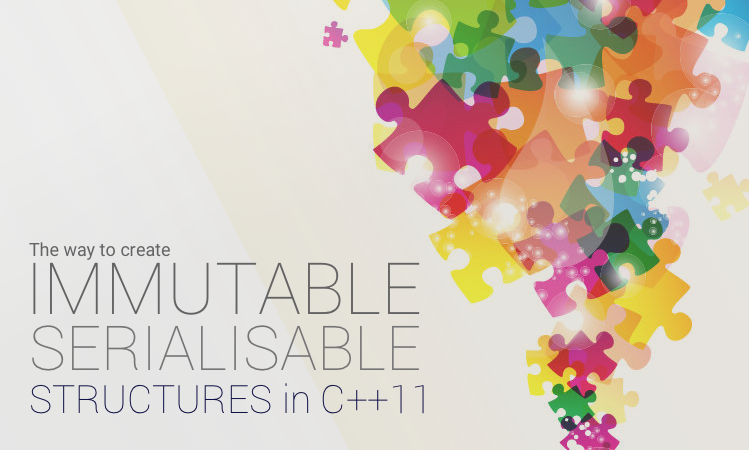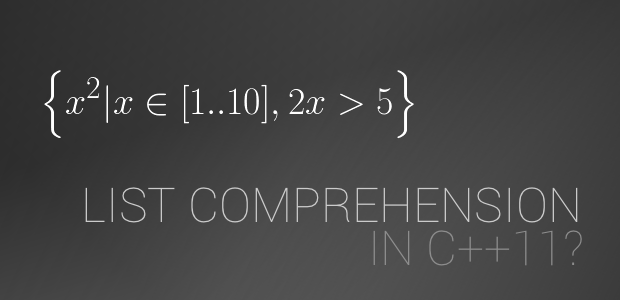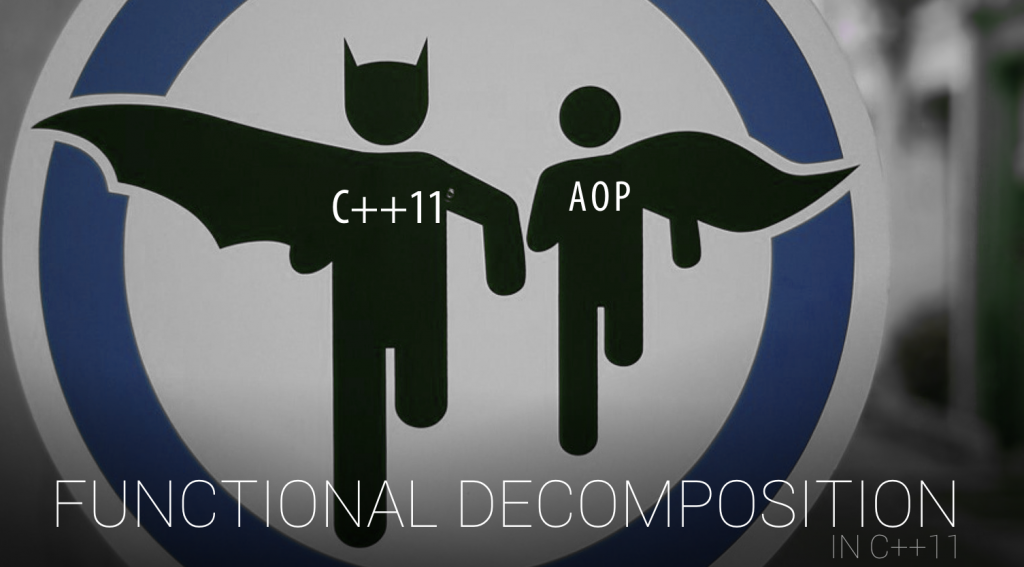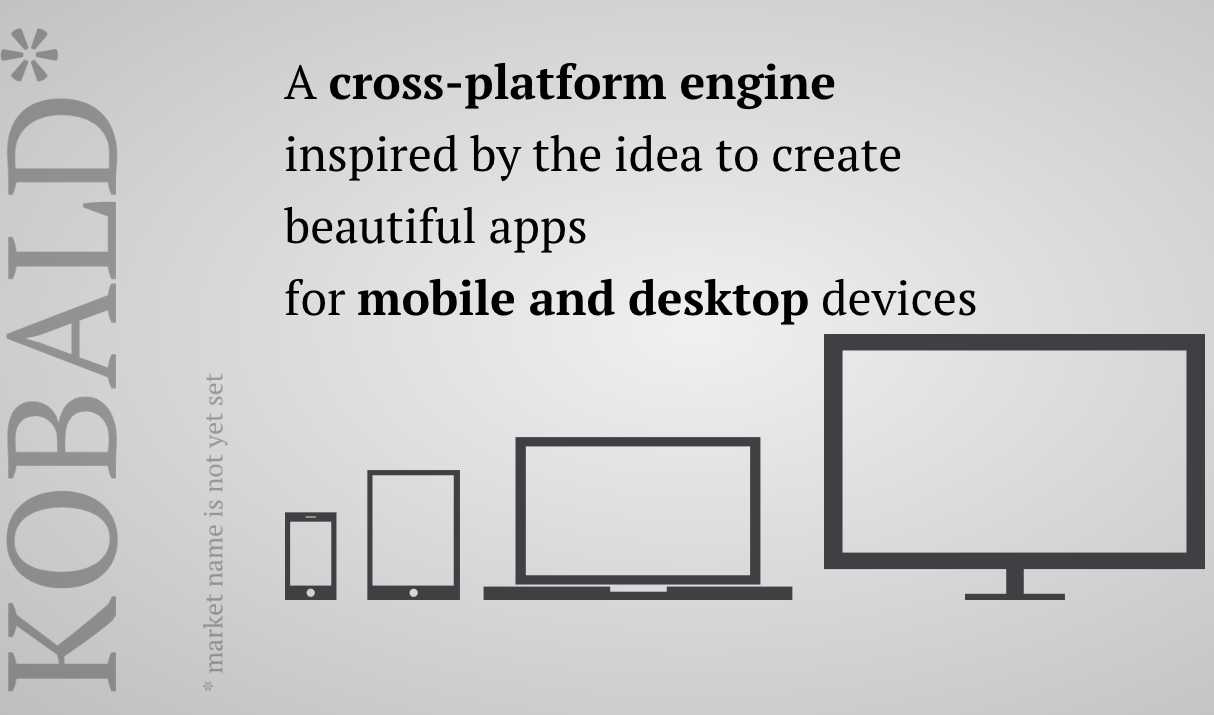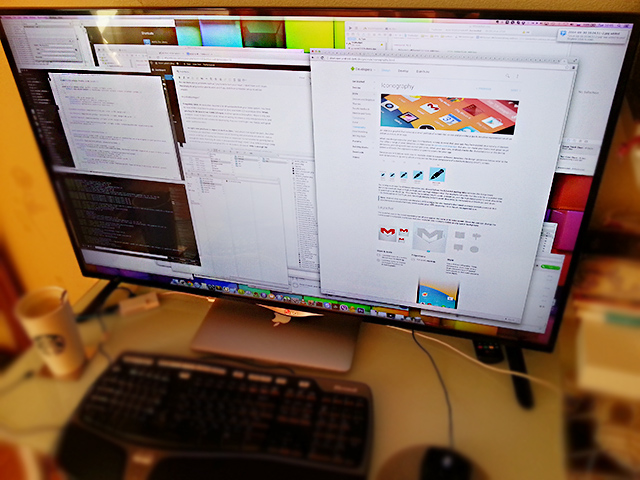As C++ is very flexible language there are a lot of ways to construct immutable-like data structures from functional programming style. For example, this nice presentation by Kelvin Henney contains one of the ways. Here I will present my way which is slightly different.
At the same time my approach also solves another problem of serialisation of such immutable structures. I use JSON format at the moment, but the approach is not limited to this format only.
